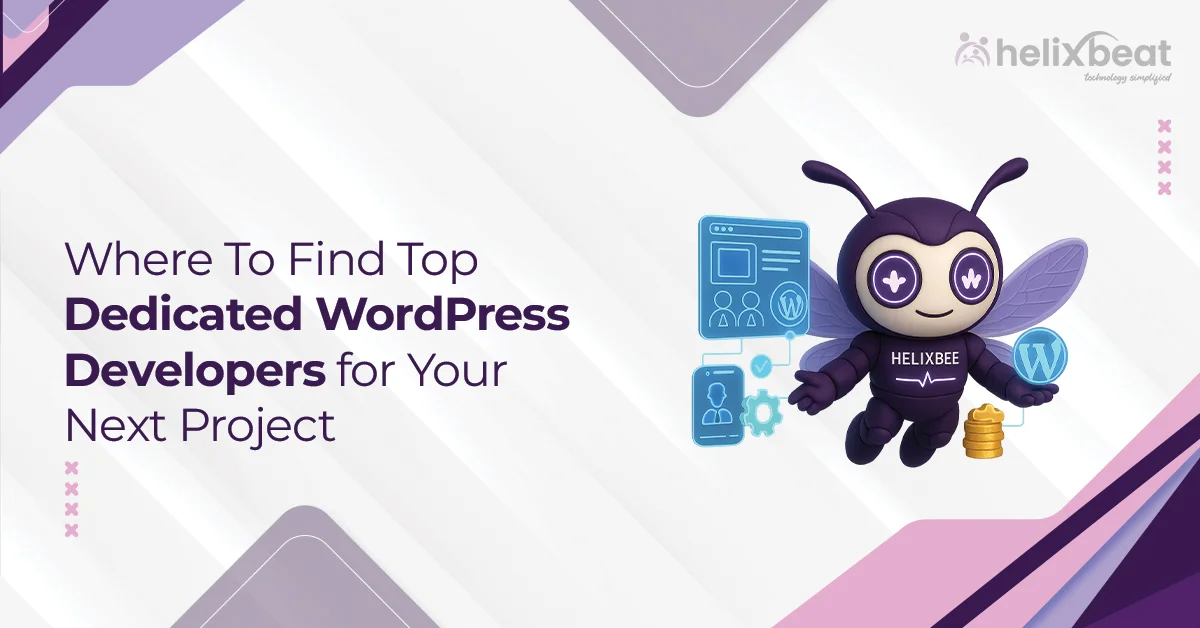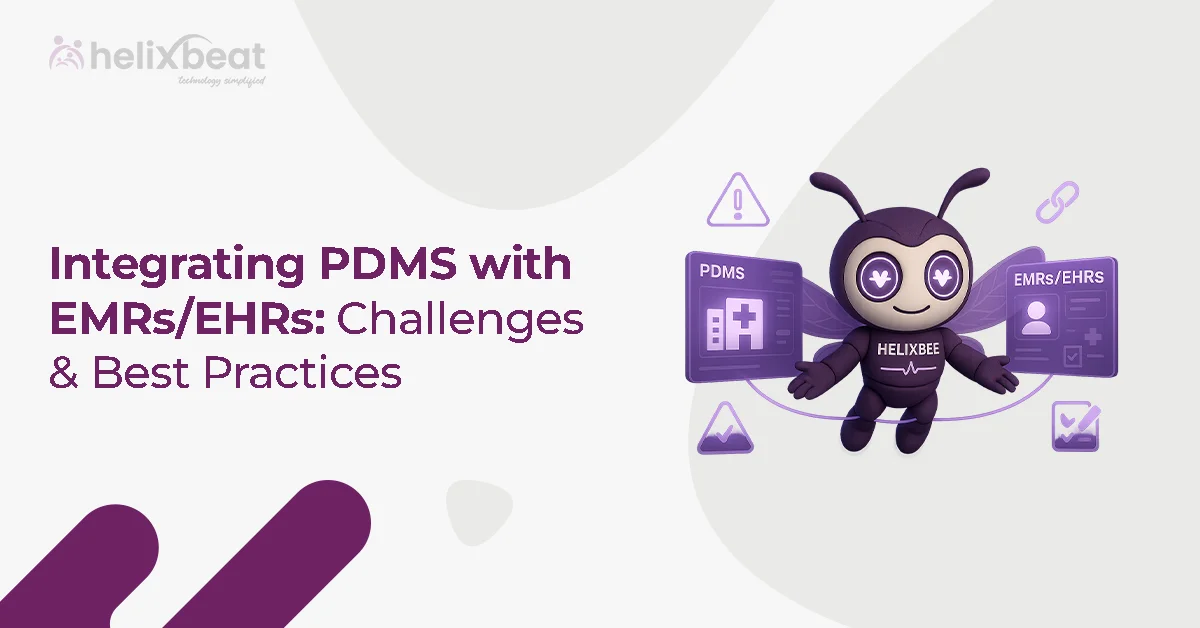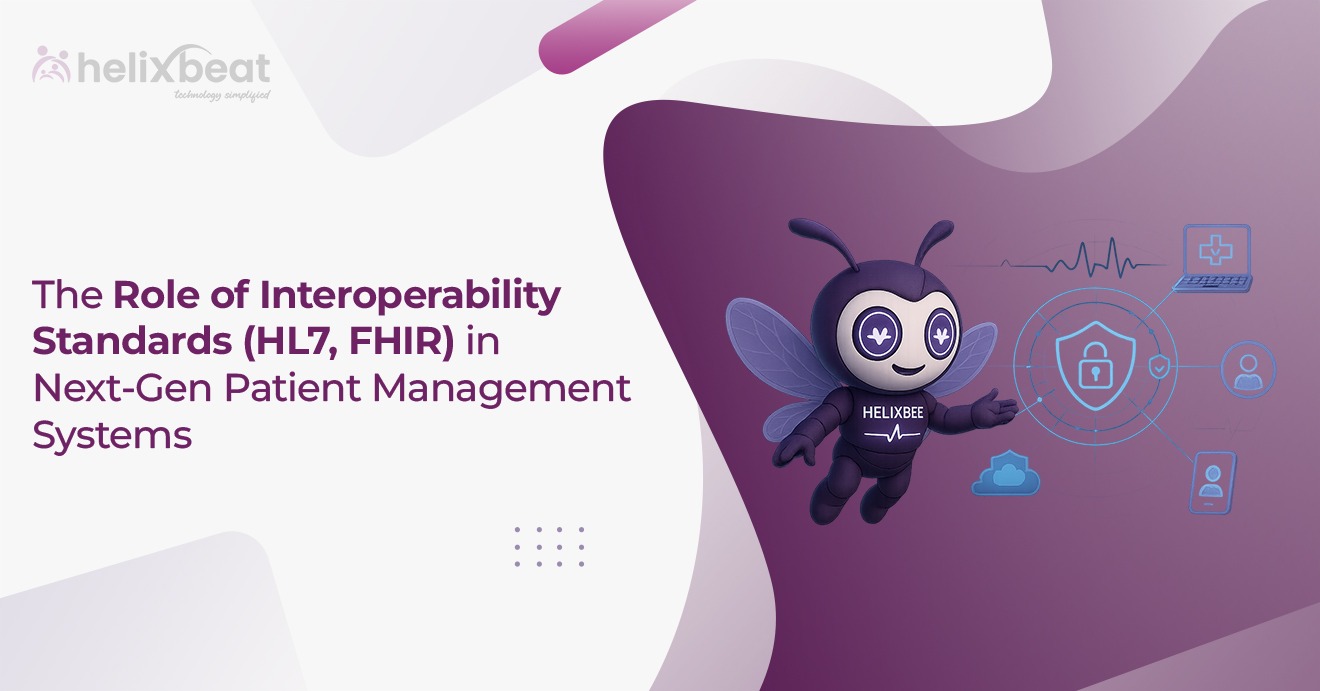In 2025, web development continues to push for faster, more responsive, and user-friendly websites. One of the best ways to meet these demands is by using CSS frameworks, which provide pre-built styles and components that streamline the development process.
According to a recent survey, 87% of developers say that using CSS frameworks helps them work more efficiently and effectively.
Whether you’re building a complex app or a simple site, selecting the right CSS framework can save you time and improve the overall user experience. Let’s see the best CSS framework for web developers in 2025.

Table of Contents
Short Note on CSS Frameworks?
A CSS framework is a pre-designed library that provides ready-to-use styles, components, and layout structures for web development. It helps developers create responsive, visually appealing websites without writing extensive custom CSS code. By using a CSS framework, developers can save time, maintain consistency across projects, and ensure that their websites are optimized for different devices.
Popular frameworks like Bootstrap and Tailwind CSS offer grids, buttons, forms, and other elements, enabling faster and more efficient development. These frameworks also promote best practices and are often mobile-first, making them ideal for creating responsive web applications.
Benefits of using CSS Frameworks
Using a CSS framework simplifies web development by providing pre-built components and styles that speed up the design process. The best CSS frameworks are designed to help developers create consistent, responsive, and user-friendly websites with minimal effort.
1. Faster Development Time
CSS frameworks provide pre-built components like grids, buttons, and forms. This saves time by eliminating the need to design and code basic elements from scratch, enabling developers to focus on more complex features and deliver projects faster.
2. Consistency Across Teams and Projects
CSS frameworks standardize design elements, ensuring consistency in styling across projects. This is especially beneficial for teams, as it reduces discrepancies, ensures a uniform look, and makes the code easier to read and maintain, especially in collaborative settings.
3. Responsive and Mobile-First Design
Frameworks like Bootstrap and Tailwind CSS are built with mobile-first design principles. This ensures your website adjusts seamlessly to various screen sizes, allowing developers to create responsive layouts without writing separate styles for each device or screen resolution.
4. Cross-Browser Compatibility
CSS frameworks are optimized to work across different browsers, reducing the challenges of ensuring compatibility. With frameworks, developers can avoid browser-specific issues, ensuring a consistent user experience on Chrome, Firefox, Safari, and other major browsers.
5. Community Support and Documentation
Popular CSS frameworks come with extensive community support and well-documented resources. This helps developers quickly resolve issues and learn best practices, making it easier for both beginners and experienced developers to integrate frameworks into their projects efficiently.
7 Best CSS Frameworks for Web Developers in 2025
1. Bootstrap
Bootstrap remains one of the most popular frameworks for web development. It provides a comprehensive set of pre-designed components, such as navigation bars, modals, and forms. Its grid system ensures that websites are responsive, adapting seamlessly to all screen sizes. Bootstrap CSS advantages include extensive documentation and an active community that makes it easy for developers to get help.
Benefits:
- Comprehensive UI Components: Bootstrap offers a wide range of pre-built components, such as carousels, modals, and navigation bars, saving developers time and effort.
- Mobile-First Design: The grid system is designed to be mobile-first, making it easy to build responsive layouts for any screen size
2. Tailwind CSS
Tailwind CSS has gained enough popularity due to its utility-first approach. Unlike traditional frameworks, Tailwind offers low-level utility classes that developers can apply directly to HTML elements, offering more flexibility in customizing designs. It’s perfect for developers who prefer to build their unique designs without overriding styles.
Benefits:
- Utility-First Approach: Tailwind’s utility-first classes allow developers to apply styles directly within HTML, making it highly flexible and customizable.
- Small File Size: Tailwind is lightweight, and its design encourages the use of only the classes you need, helping to reduce file size.
3. Foundation
Foundation is a robust, flexible framework that offers more customization options than many other frameworks. It comes with a responsive grid system and a set of UI components, making it ideal for complex web projects. Developers can easily tweak its default settings, making it a powerful choice for creating custom, responsive websites.
Benefits:
- Advanced Flexibility: Foundation is highly customizable, offering flexible grid systems and UI components that adapt to any project.
- Professional-Grade Support: It’s designed for enterprise-level projects, making it ideal for developers working on large-scale, complex websites.
4. Bulma
Bulma is a lightweight CSS framework based on Flexbox. It is known for its simplicity and flexibility, making it easy for developers to build responsive designs quickly. Bulma doesn’t include JavaScript components, which allows developers to have full control over the interactivity of their websites. It’s an excellent choice for simple, clean layouts.
Benefits:
- Flexbox-Based: Bulma uses Flexbox for layout, making it easier to create complex, flexible, and responsive grid systems.
- Lightweight: Bulma is a minimalist framework that doesn’t include JavaScript, keeping the focus solely on styling, which makes it faster to load.
5. Skeleton
Skeleton is one of the lightest frameworks available, designed for developers who want minimalism. It provides a basic grid system and just a few styles to get started, allowing complete flexibility. Skeleton is perfect for small projects or rapid prototyping, offering a simple and fast approach to CSS framework usage.
Benefits:
- Minimalist Approach: Skeleton provides just the basics for web design, making it lightweight and perfect for small projects or prototypes.
- Customizable Grid: It includes a flexible grid system that can be easily adjusted, ensuring a clean, simple layout without the complexity.
6. UIkit
UIkit is a modular front-end framework that offers a comprehensive collection of components, including navigation bars, cards, and form elements. With its clean and minimalistic design, it’s a great choice for developers who want a modern, responsive layout. UIkit’s flexibility makes it ideal for building unique, scalable web applications.
Benefits:
- Modular System: UIkit offers modular components, allowing developers to pick and choose which parts of the framework to use, keeping the project lean.
- Modern Aesthetic: With its clean design, UIkit helps create polished, professional interfaces.
7. Milligram
Milligram is a minimalist CSS framework that provides only the essential styles to get started with responsive web design. With a footprint of just 2KB, it’s incredibly lightweight and perfect for small projects that don’t need extensive pre-styled components. Its simplicity allows developers to quickly build a responsive design with minimal code.
Benefits:
- Ultra Lightweight: Milligram’s small footprint (just 2KB) makes it incredibly fast and ideal for minimalistic designs or simple web projects.
- Flexibility: Despite its size, Milligram offers a flexible grid system and essential CSS styles, ensuring responsive layouts with minimal effort.
New Trends in CSS frameworks
The world of CSS frameworks is constantly evolving. In 2025, several new trends are emerging that are shaping the way developers approach web design and development. Here are three key trends to watch out for:
1. Increased Focus on Customization
Frameworks like Tailwind CSS are emphasizing customization, allowing developers to create unique designs without overriding default styles. This trend offers more flexibility and control, moving away from rigid, pre-defined templates.
2. Integration with JavaScript Frameworks
CSS frameworks are now integrating more seamlessly with JavaScript libraries like React and Vue.js, enabling smoother development of dynamic, interactive web applications while maintaining consistent design and functionality.
3. Modular and Lightweight Frameworks
With performance in mind, developers are increasingly opting for modular and lightweight frameworks like Skeleton and Milligram. These frameworks focus on essentials, offering faster load times and reducing unnecessary code, ideal for minimalistic projects.
Why Choose Helixbeat for Web and App Development Services
At Helixbeat, we specialize in creating custom web and app solutions that are customised to your unique business needs. Our team focuses on delivering fast, secure, and scalable websites and applications that provide a smooth user experience.
We use the latest technologies with a customer-first approach to make sure your digital presence is not only functional but optimized for growth. From mobile-friendly designs to complex features, Helixbeat delivers innovative, high-quality solution. Get free custom quote for your web and app development.
FAQ:
1. Why is the best CSS framework important for development?
The best CSS framework speeds up development, ensures consistency, and provides responsive designs, allowing developers to focus on other project aspects while maintaining quality.
2. Name three best CSS frameworks for web development.
Three top CSS frameworks are Bootstrap, known for its grid system and components; Tailwind CSS, offering utility-first flexibility; and Foundation, which is highly customizable for complex projects.
3. How to find the best CSS framework for your app development?
Choose the best CSS framework by evaluating your project needs, customization requirements, community support, and performance, particularly in terms of speed and responsiveness.
4. Which is the best CSS framework for responsive design?
Bootstrap is widely regarded as the best CSS framework for responsive design, thanks to its mobile-first grid system and pre-designed components that adapt seamlessly to all screen sizes.
5. What are the Bootstrap CSS advantages?
Bootstrap CSS provides pre-designed components, a responsive grid system, ease of use with extensive documentation, and customization options for tailored design solutions.














